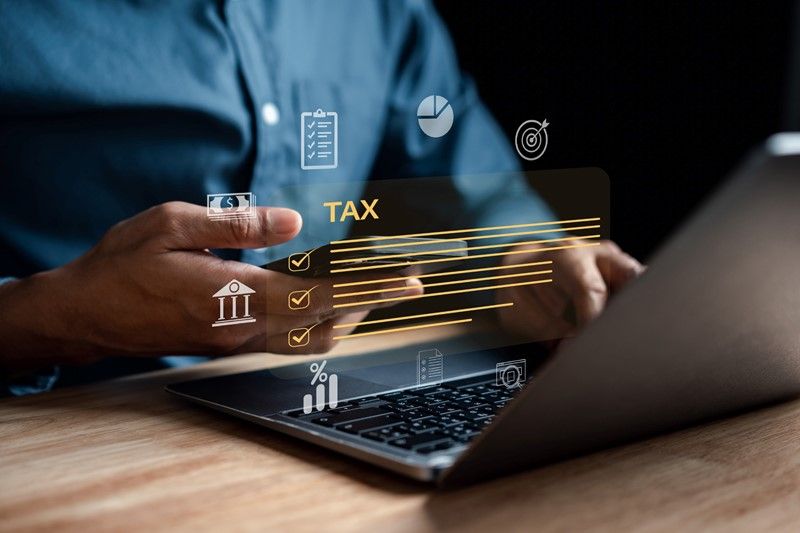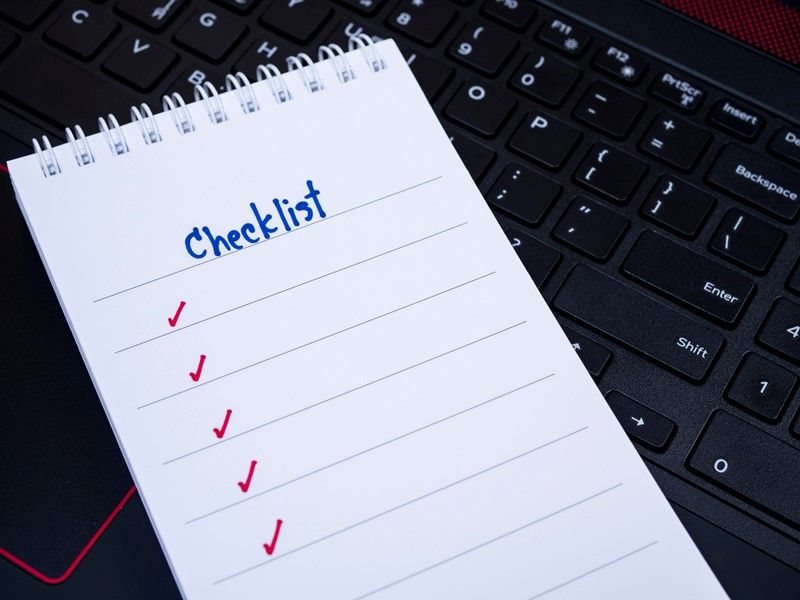What is a FIG?
From 6 April 2025, non-doms face a major shift as the remittance basis is replaced by the Foreign Income and Gains (FIG) regime, now determined by UK tax residence, not domicile. Reporting obligations have expanded significantly.
Under the new rules, nearly all UK-resident individuals must report their foreign income and gains to HMRC, regardless of whether they had previously claimed remittance basis or are claiming relief under the FIG regime.
Former remittance basis users not eligible for the new FIG relief will now be taxed on newly arising foreign income and gains in the same way as other UK residents. However, they will still be taxed on any pre-6 April 2025 FIG that is remitted to the UK.
A key feature of the new regime is the 4-year FIG exemption, available to new UK residents who have not been UK tax resident in any of the 10 preceding tax years. These individuals can opt to receive full tax relief on their FIG for up to four years. Claims must be made through a Self-Assessment return, with deadlines falling on 31 January in the second tax year after the relevant claim year.
Importantly, claims can be made selectively in any of the four years but must include quantified figures for income and gains otherwise, tax will be due at standard rates. An individual’s ability to qualify for the 4-year FIG regime will be determined by whether they are UK resident under the Statutory Residence Test (SRT).




